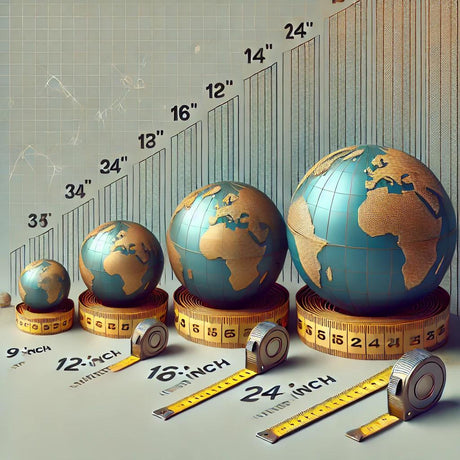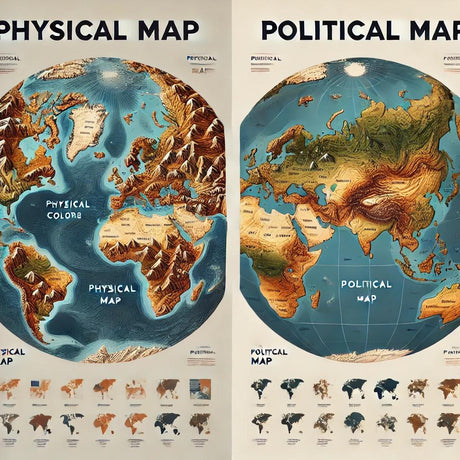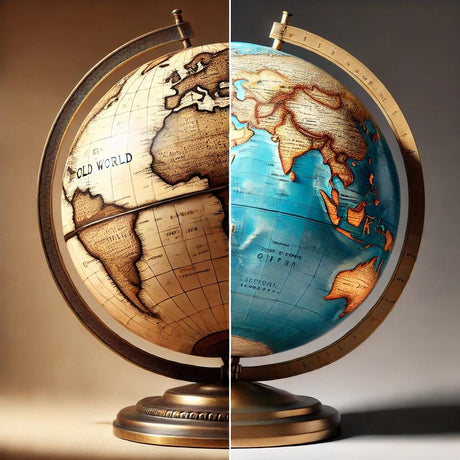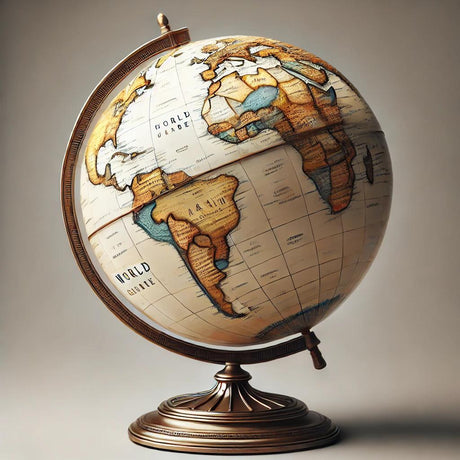
Globes are traditionally associated with geography, but they also play a significant role in the study of astronomy. By providing a three-dimensional model of Earth, globes help students and enthusiasts visualize celestial coordinates, planetary movements, and other astronomical phenomena. Here's how globes can enhance your understanding of astronomy.
Understanding Celestial Coordinates
Celestial coordinates are used to pinpoint the location of stars, planets, and other celestial objects in the sky. These coordinates are similar to the geographic coordinates of latitude and longitude used on Earth. A globe helps students visualize how these celestial coordinates are mapped onto the sky. By understanding the Earth's position and rotation, one can better grasp how to locate celestial objects at different times and from different locations on the planet.
Visualizing Planetary Movements
The movements of planets, both around the Sun and relative to Earth, can be complex. A globe can aid in visualizing these movements. By simulating the Earth's rotation and orbit, students can better understand concepts such as retrograde motion, phases of the moon, and eclipses. This hands-on approach makes learning these complex phenomena more accessible and engaging.
Simulating Astronomical Events
Globes can be used to simulate various astronomical events. For instance, students can use a globe to demonstrate how solar and lunar eclipses occur by aligning the globe (Earth), a light source (Sun), and a smaller sphere (Moon). This practical demonstration helps clarify the mechanics behind these events, which can often be abstract when described only through text and diagrams.
Enhancing Astronomy Education
In a classroom setting, globes serve as valuable educational tools for teaching astronomy. They provide a tangible reference point for discussing the Earth’s orientation in space, the apparent motion of stars, and the changing positions of celestial objects throughout the year. Using globes in conjunction with star charts and telescopes can create a comprehensive learning experience that bridges the gap between theoretical knowledge and practical observation.
Conclusion
Globes are versatile tools that extend beyond geography into the realm of astronomy. By helping students visualize celestial coordinates, understand planetary movements, and simulate astronomical events, globes enhance the study of astronomy and make complex concepts more accessible. Incorporating globes into your astronomy education can provide a deeper, more intuitive understanding of the cosmos.
For more information on high-quality globes that can be used for educational purposes, visit Ultimate Globes.




